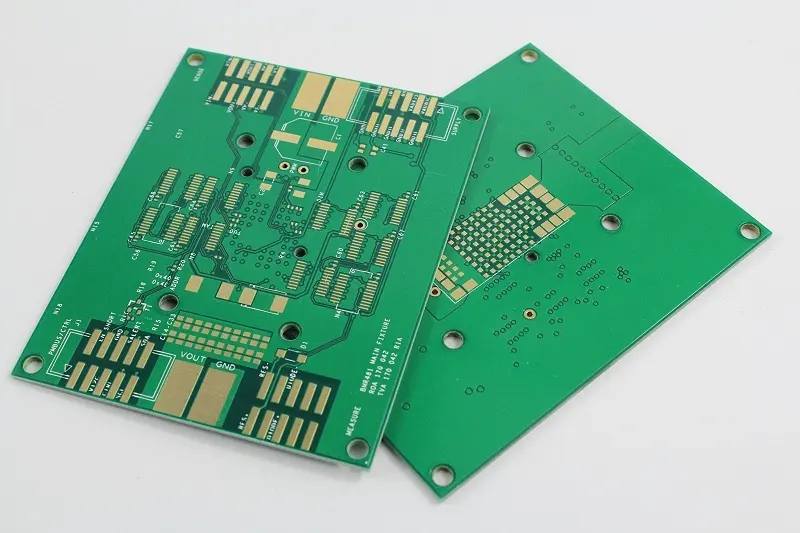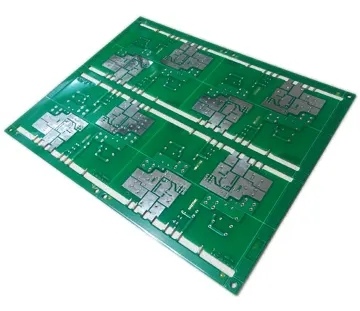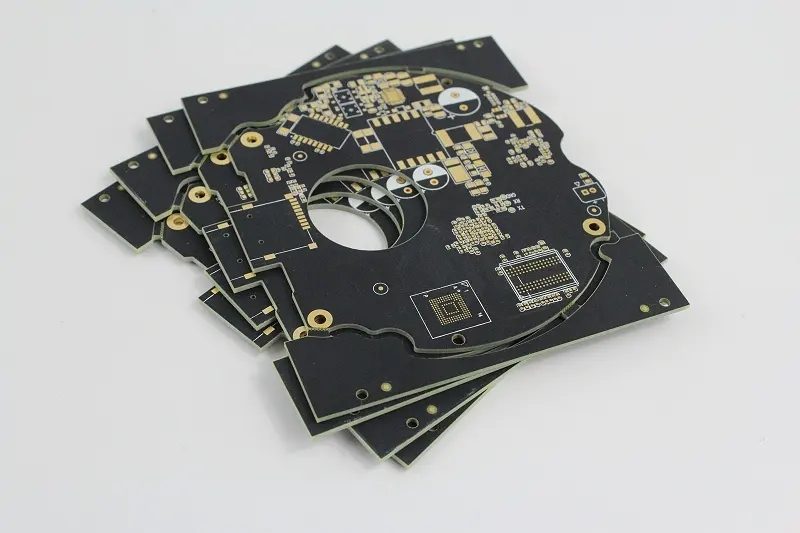
PCB manufacturers share the essence of grounding problems in PCB design
Introduction to PCB assembly, PCB design and PCB processing manufacturers: highlights of grounding problems in PCB design
Analog ground/digital ground and analog power/digital power are just relative concepts. The main reason for putting forward these concepts is that the interference of digital circuits to analog circuits has reached an intolerable level. The current standard treatment is as follows:
1. After rectification and filtering, the ground wire is divided into two pieces, one of which is analog ground, and all analog circuit grounds are connected to this analog ground; The other is digital ground, and all circuit grounds of digital parts are connected to this digital ground.
2. The DC power supply voltage stabilizing chip is also divided into two pieces after filtering, one of which is used as the analog power supply after LC/RC filtering, and the circuit power supply of all analog parts is connected to this analog power supply; The other is a digital power supply. All circuit power supplies of digital parts are connected to this digital power supply
Note: analog ground/digital ground and analog power/digital power cannot be connected except at the beginning of the power supply.
AVCC: power supply for analog part; AGND: analog ground
DVCC: power supply for digital part; DGND: Digital Earth
This distinction is to separate the digital part from the analog part and reduce the interference of the digital part to the analog circuit part. However, the two parts cannot be completely separated. There is a connection between the digital part and the analog part. Therefore, they should at least be together during power supply. Therefore, the AGND and DGND should be connected by a 0 ohm resistor, magnetic bead or inductor. Such a point connection can reduce interference. Similarly, if the power supply of the two parts is the same, this connection method should also be used.

In the design of electronic system, in order to avoid detours and save time, anti-interference requirements shall be fully considered and met to avoid remedial measures for anti-interference after the design is completed. There are three basic elements to form interference:
(1) Interference source refers to the component, equipment or signal that generates interference. It is described in mathematical language as follows: du/dt, where di/dt is large, is the interference source. For example, lightning, relay, silicon controlled rectifier, motor, high-frequency clock, etc. may become interference sources.
(2) Propagation path refers to the path or medium through which interference propagates from the interference source to the sensitive device. The typical interference propagation path is conducted through wires and radiated from space.
(3) Sensitive devices refer to objects that are easy to be interfered with. Such as: A/D, D/A converter, microcontroller, digital IC, weak signal amplifier, etc. The basic principle of anti-interference design is to restrain the interference source, cut off the interference propagation path and improve the anti-interference performance of the sensitive device.
1 Suppress interference sources
Suppressing interference sources is to reduce du/dt, di/dt of interference sources as much as possible. This is the most priority and most important principle in anti-interference design, which can often achieve twice the result with half the effort. The du/dt of the interference source is reduced mainly by paralleling capacitors at both ends of the interference source. The di/dt of the interference source is reduced by adding inductance or resistance in series and freewheeling diode in the interference source circuit.
Common measures to suppress interference sources are as follows:
(1) The relay coil is added with a freewheeling diode to eliminate the back EMF interference generated when the coil is disconnected. Only adding freewheeling diode will delay the disconnection time of the relay, and the relay can act more times in a unit time after adding voltage stabilizing diode.
(2) Connect the spark suppression circuit at both ends of the relay contact in parallel (generally RC series circuit, with a resistance of K to tens of K and a capacitance of 0.01uF) to reduce the impact of electric spark.
(3) Add a filter circuit to the motor, and pay attention to the capacitor and inductor leads should be as short as possible.
(4) Each IC on the circuit board shall be connected to 0.01 in parallel μ F~0.1 μ F High frequency capacitor to reduce the influence of IC on power supply. Pay attention to the wiring of high-frequency capacitor. The wiring should be close to the power terminal and as short as possible. Otherwise, the equivalent series resistance of the capacitor will be increased, which will affect the filtering effect.
(5) Avoid 90 degree polyline during wiring to reduce high-frequency noise emission.
(6) The RC suppression circuit is connected at both ends of the thyristor in parallel to reduce the noise generated by the thyristor (when the noise is serious, the thyristor may be broken down).
According to the propagation path of interference, it can be divided into conducted interference and radiated interference.
The so-called conducted interference refers to the interference transmitted to the sensitive device through the wire. The frequency band of high-frequency interference noise is different from that of useful signal. The transmission of high-frequency interference noise can be cut off by adding a filter on the wire. Sometimes, isolation optocouplers can be added to solve this problem. Power supply noise is the most harmful, so special attention should be paid to handling. The so-called radiation interference refers to the interference transmitted to sensitive devices through space radiation. The general solution is to increase the distance between the interference source and the sensitive device, isolate them with a ground wire and add a shield on the sensitive device. PCB assembly, PCB design, and PCB processing manufacturers introduce the essence of PCB design grounding problems.







